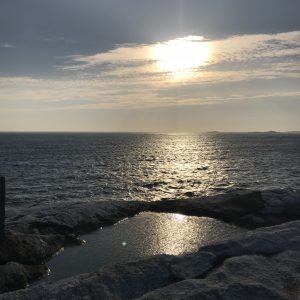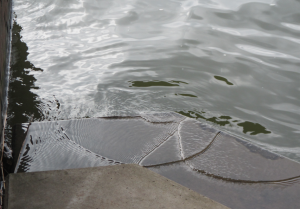
Same wind, different waves, or: the influence of fetch length on the size of waves
I just found this picture that I took back in May near my friend Elin’s cabin on an island in western Norway, and it’s a really nice illustration of how…

